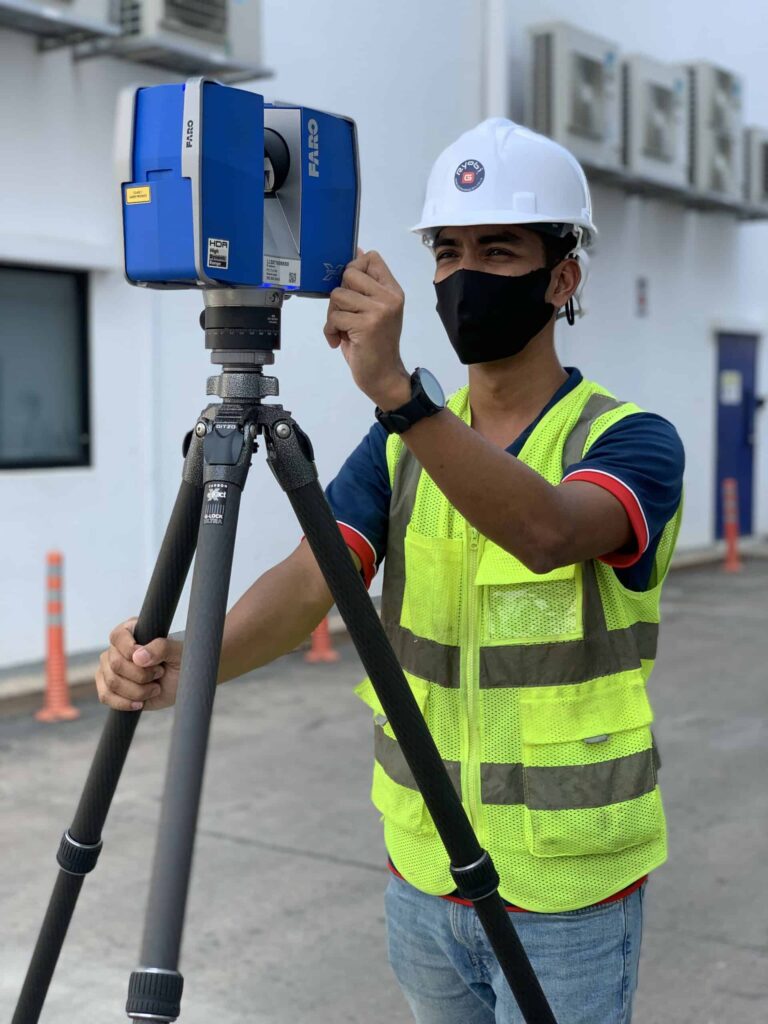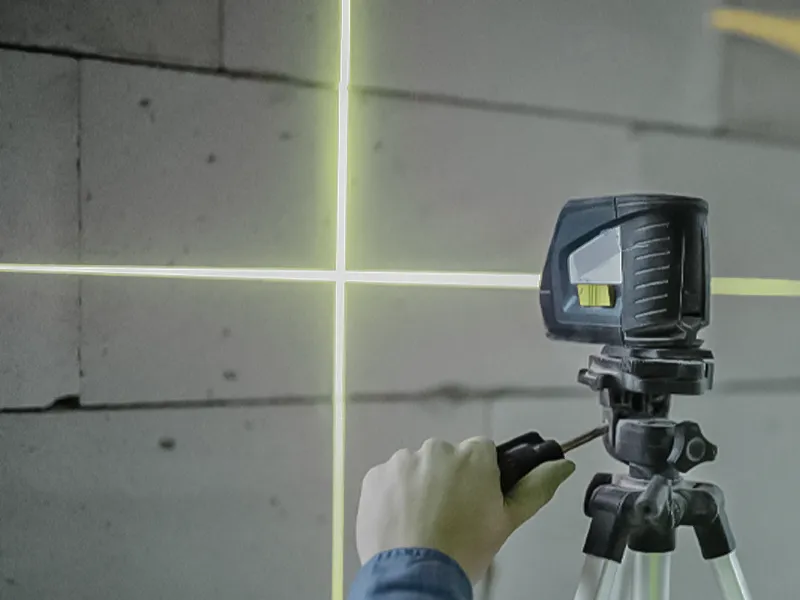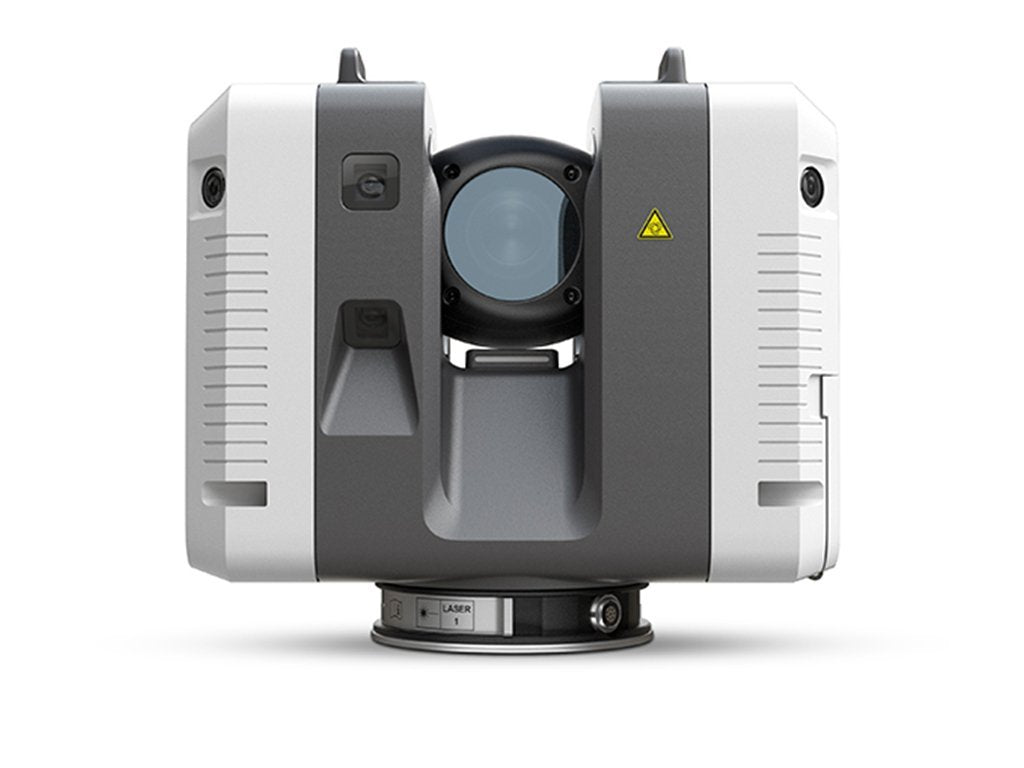Discovering the Applications of 3D Laser Scanning in Archaeology and Cultural Heritage Conservation
The assimilation of 3D laser scanning modern technology in archaeology and social heritage conservation notes a substantial innovation in just how archaeological sites and artifacts are documented and analyzed. This non-invasive approach gives specific spatial data, revealing elaborate details that were formerly hard to record. As the applications of this innovation proceed to advance, numerous ramifications for education and learning, documents, and preservation emerge, welcoming further exploration into its transformative effect on the field.
Comprehending 3D Laser Scanning Innovation
3D laser scanning modern technology has reinvented the area of archaeology by offering exact and thorough spatial information. This innovative modern technology employs laser beams to catch millions of data factors from an item or website, developing a highly exact three-dimensional depiction (3D Scanning). The resulting point clouds can reveal complex details of historical sites, frameworks, and artifacts that may be unnoticeable to the naked eye
Using this technology, excavators can document the specific dimensions, shapes, and positions of objects with extraordinary accuracy. This method reduces the danger of human mistake and eliminates the requirement for extensive hand-operated dimensions. Additionally, the data accumulated can be examined and shared easily, helping with partnership among scientists. By incorporating 3D laser scanning with GIS and other digital devices, archaeologists improve their ability to visualize and translate historic contexts, bring about deeper insights into old societies and atmospheres.
Enhancing Archaeological Documentation
3D laser scanning considerably improves archaeological documentation through its capability to create exact website maps. This technology promotes comprehensive artifact evaluation, providing understandings that conventional methods may overlook. In addition, it assures the conservation of contextual data, which is crucial for understanding the relationships within historical sites.
Accurate Site Mapping
While standard mapping methods typically fight with recording the complex information of historical sites, progressed laser scanning modern technology provides an advanced approach to accurate website mapping. This technique enables archaeologists to develop highly described and exact three-dimensional representations of sites, showcasing topographical variations and architectural features with remarkable integrity. The capability to capture numerous data factors in a matter of mins enables thorough documentation, which can be conveniently upgraded and shared amongst researchers. Furthermore, laser scanning facilitates the dimension of intricate geometries that would certainly be difficult to examine using traditional devices. As an outcome, this modern technology improves the precision of website maps, contributing significantly to the conservation and understanding of cultural heritage resources.
Comprehensive Artefact Evaluation
Laser scanning technology significantly boosts the analysis of archaeological artefacts, offering scientists with unmatched detail and accuracy. This technique records detailed surface area textures, measurements, and includes that standard documents strategies might neglect. By creating high-resolution 3D designs, scholars can closely take a look at artifacts without the threat of damage intrinsic in physical handling. This precision enables far better relative research studies, allowing professionals to identify production methods, stylistic variations, and possible cultural relevance. Furthermore, the capacity to adjust and visualize data in three measurements helps with a much deeper understanding of artifact capability and usage. Overall, laser scanning cultivates an extra thorough strategy to historical documents, making certain that crucial information concerning artefacts is protected for future research and education.
Conservation of Contextual Data
Protecting contextual information is essential for improving historical paperwork, as it guarantees that searchings for are comprehended within their initial environmental and social structures. 3D laser scanning modern technology significantly adds to this conservation initiative by capturing in-depth spatial connections among artefacts, structures, and their atmospheres. By creating exact 3D designs, archaeologists can record the precise locations and alignments of objects in situ, assisting in an extensive understanding of their context. This technology allows scientists to review and examine websites long after excavation, maintaining the honesty of contextual information. Additionally, digital documents produced through scanning can be shared around the world, fostering collective research and public engagement. Inevitably, preserving contextual data with 3D laser scanning improves historical narratives and promotes a much more extensive appreciation of cultural heritage.
Conservation of Cultural Heritage Sites
As innovations in modern technology remain to evolve, the preservation of cultural heritage websites has become significantly reliant on innovative methods such as 3D laser scanning. This modern technology permits the comprehensive documents of landscapes, artifacts, and structures, recording their precise measurements and spatial partnerships in a non-invasive fashion. By developing high-resolution 3D designs, researchers can keep track of and assess damage patterns, allowing aggressive preservation methods.
Furthermore, 3D laser scanning assists in the sharing of thorough site information with the worldwide area, advertising partnership among guardians, chroniclers, and archaeologists. These designs work as very useful resources for education and learning and public involvement, increasing understanding of social heritage problems. Moreover, the electronic records developed can protect against loss due to environmental factors, criminal damage, or overlook. On the whole, 3D laser scanning stands for a transformative approach to the conservation of cultural heritage, making certain that these websites can be studied and appreciated by future generations.

Restoration and Repair Initiatives
The thorough documentation accomplished with 3D laser scanning plays a significant duty in remediation and reconstruction initiatives within archaeology. This modern technology offers accurate measurements and high-resolution images, permitting exact digital models of structures and artefacts. These versions act as essential recommendations during reconstruction processes, have a peek at these guys enabling archaeologists to make and visualize the original style informed choices concerning methods and materials required for repair.
3D laser scanning facilitates the reconstruction of damaged or shed elements by creating in-depth reproductions. This procedure aids in ensuring that reconstructions keep historic honesty while additionally permitting innovative strategies to recover websites. The capability to examine wear patterns and architectural weak points through scanned data boosts understanding of a website's historical context and its use in time. 3D laser scanning not only maintains the physical facets of social heritage however additionally improves the narrative of history, guiding future repair endeavors.
Educational and Research Opportunities
The integration of 3D laser scanning in archaeology opens significant educational and study chances. Academic collaborations can improve the understanding of old websites, while specialized training workshops equip specialists with essential abilities for using this innovation. Together, these campaigns foster a richer engagement with historical methods and approaches.
Academic Collaborations in Archaeology
Joint efforts in archaeology have come to be progressively essential for advancing both academic and research opportunities. By fostering collaborations among colleges, research institutions, and cultural heritage companies, these cooperations facilitate the exchange of expertise and sources, improving the quality of archaeological researches. Joint tasks typically take advantage of diverse know-how, permitting for thorough analyses and ingenious approaches, especially in the application of modern technologies like 3D laser scanning. Such collaborations likewise advertise interdisciplinary techniques, involving fields such as location, background, and preservation scientific research. On top of that, scholastic collaborations typically bring about the growth of brand-new curricula and training programs, preparing the future generation of archaeologists to properly use sophisticated technologies in their job. Eventually, these partnerships add to the conservation and understanding of cultural heritage.
Educating Workshops for Specialists
Training workshops for specialists in archaeology are increasingly essential for enhancing abilities in the application of sophisticated modern technologies such as 3D laser scanning. These workshops supply participants with hands-on experience in using cutting-edge devices and software program, cultivating a deeper understanding of data capture and evaluation processes. Experts can find out to produce exact digital models of historical sites, which significantly aid in paperwork and conservation initiatives. Furthermore, these training sessions usually include conversations on best methods and case studies, advertising understanding exchange among individuals. By buying constant education, specialists can remain upgraded on evolving technologies, ultimately boosting the effectiveness of their research study and social heritage conservation initiatives. This click here to find out more commitment to skill enhancement is important for advancing the area of archaeology.
Future Trends in 3D Laser Scanning for Archaeology
As innovations in technology remain to reshape different areas, the future of 3D laser scanning in archaeology assures to improve both the precision and performance of website documentation and analysis. Emerging trends show a growing assimilation of synthetic intelligence and artificial intelligence, promoting automated information processing and interpretation. This development will allow excavators to assess complex datasets extra promptly, causing faster understandings right into historical contexts.
In addition, the assimilation of drone innovation with 3D laser scanning is most likely to increase, enabling complete airborne surveys of archaeological sites that are hard to access. The boosting price of scanning tools will democratize access, equipping smaller sized institutions and independent researchers to utilize these devices effectively. In addition, improvements in online truth and increased fact will certainly allow immersive experiences for public involvement and education, making archaeological searchings for more interactive and accessible. These trends collectively signal a transformative future for archaeology, improving preservation efforts and increasing the self-control's outreach.
Often Asked Concerns
Exactly How Much Does 3D Laser Scanning Tools Price?

What Are the Limitations of 3D Laser Scanning?
The limitations of 3D laser scanning include high prices, potential information processing challenges, sensitivity to environmental problems, and trouble capturing complex information in complicated surfaces, which can impact the precision and completeness of scanned depictions. (3D Scanning)

Can 3D Laser Scanning Be Made Use Of Underwater?
Yes, 3D laser scanning can be utilized underwater, yet it requires specific tools and methods to conquer difficulties such as water distortion and limited visibility. Effective applications have actually been demonstrated in aquatic archaeology and underwater studies.
For how long Does a Scanning Task Typically Take?
A scanning task usually takes anywhere from a few days to a number of weeks, depending on the intricacy and size of the location being checked, in addition to the preparation and post-processing demands associated with the task.
Exist Certain Software Application Needs for Handling 3D Scans?
Yes, specific software application needs for refining 3D scans include programs with the ability of dealing with huge point clouds, such as Autodesk ReCap, Cyclone, or MeshLab. These tools promote analysis, visualization, and combination into numerous applications successfully.
The integration of 3D laser scanning innovation in archaeology and social heritage conservation marks a substantial advancement in how historic sites and artifacts are documented and evaluated. 3D laser scanning innovation has actually reinvented the area of archaeology by giving detailed and precise spatial data. As improvements in innovation proceed to progress, the conservation of social heritage websites has ended up being progressively dependent on cutting-edge approaches such as 3D laser scanning. As advancements in modern technology continue to reshape various fields, the future of 3D laser scanning in archaeology guarantees to enhance both the precision and effectiveness of website paperwork and evaluation. The integration of drone technology with 3D laser scanning is most likely to increase, making it possible for comprehensive airborne surveys of archaeological sites that are more info here tough to accessibility.